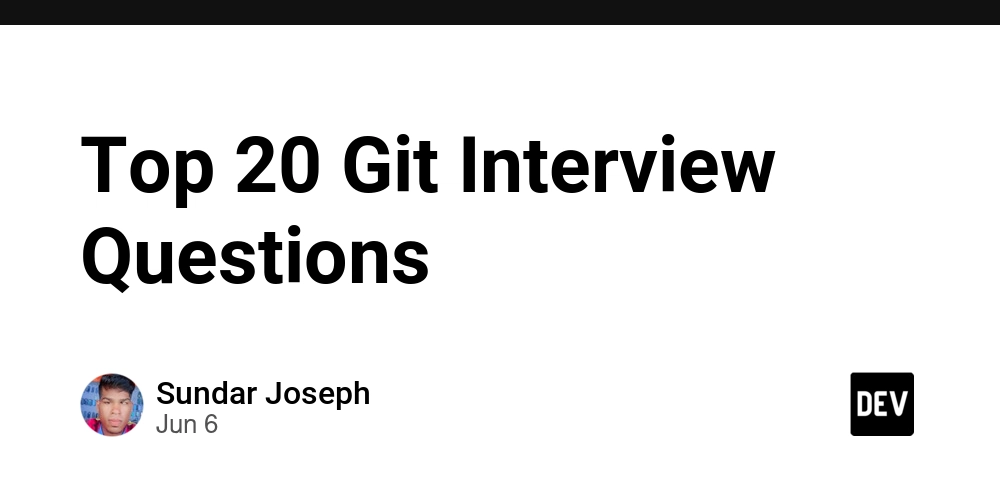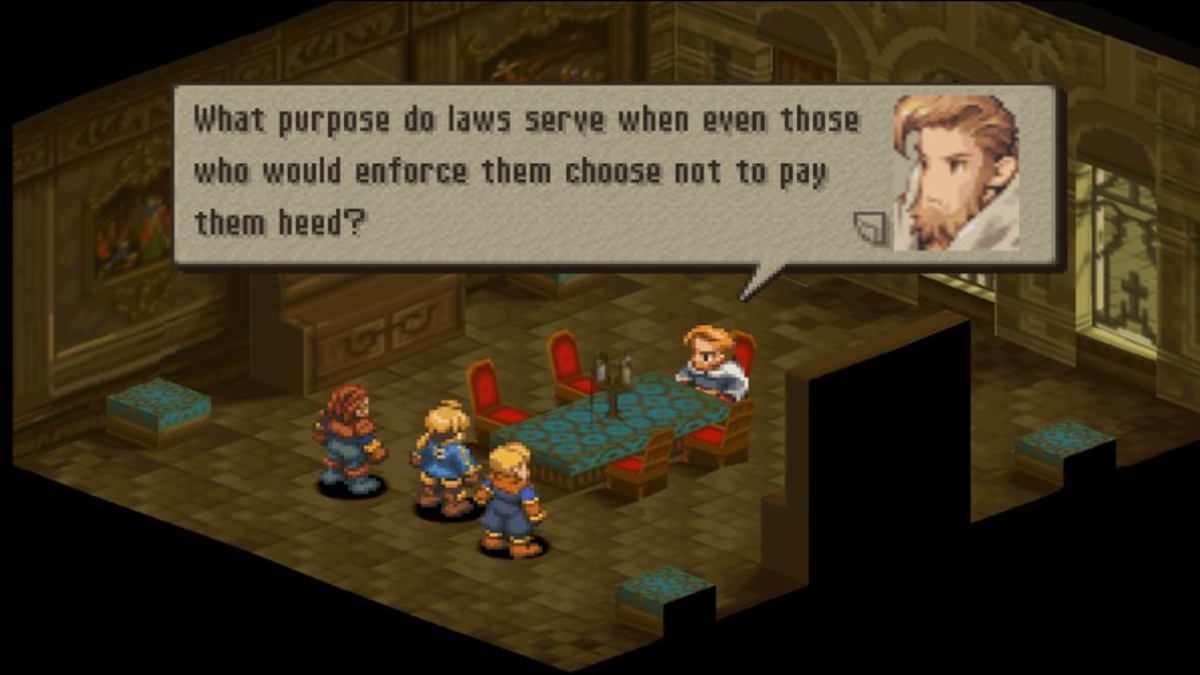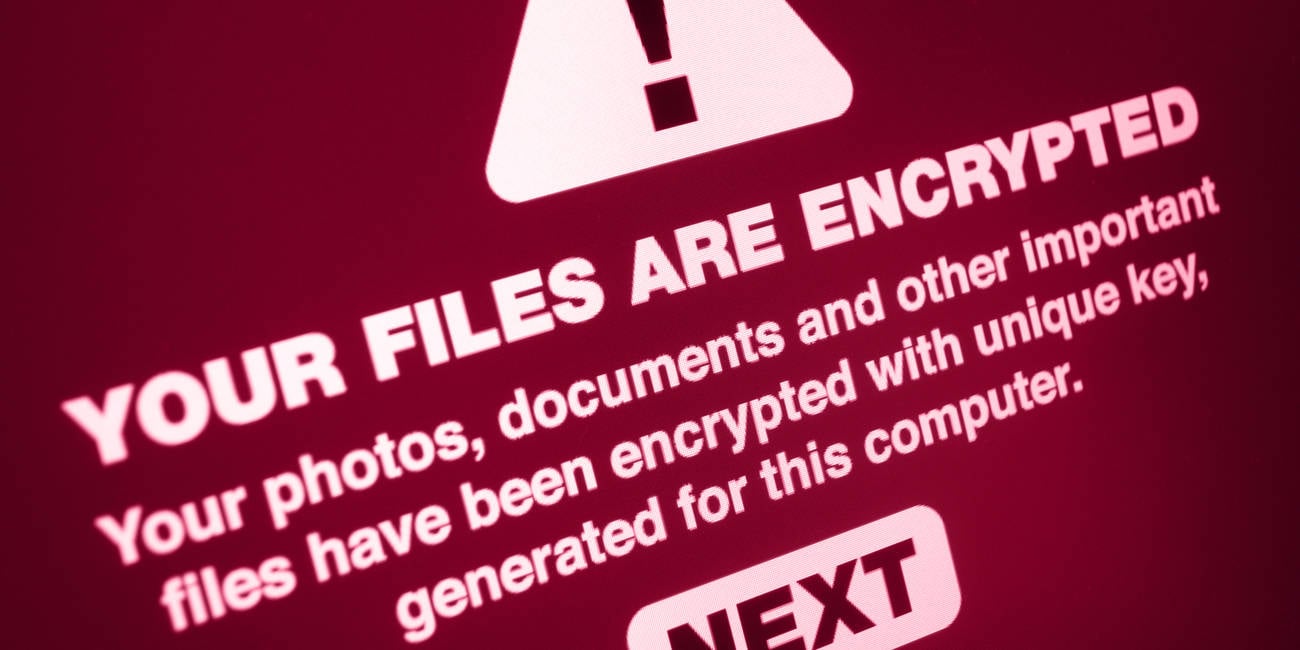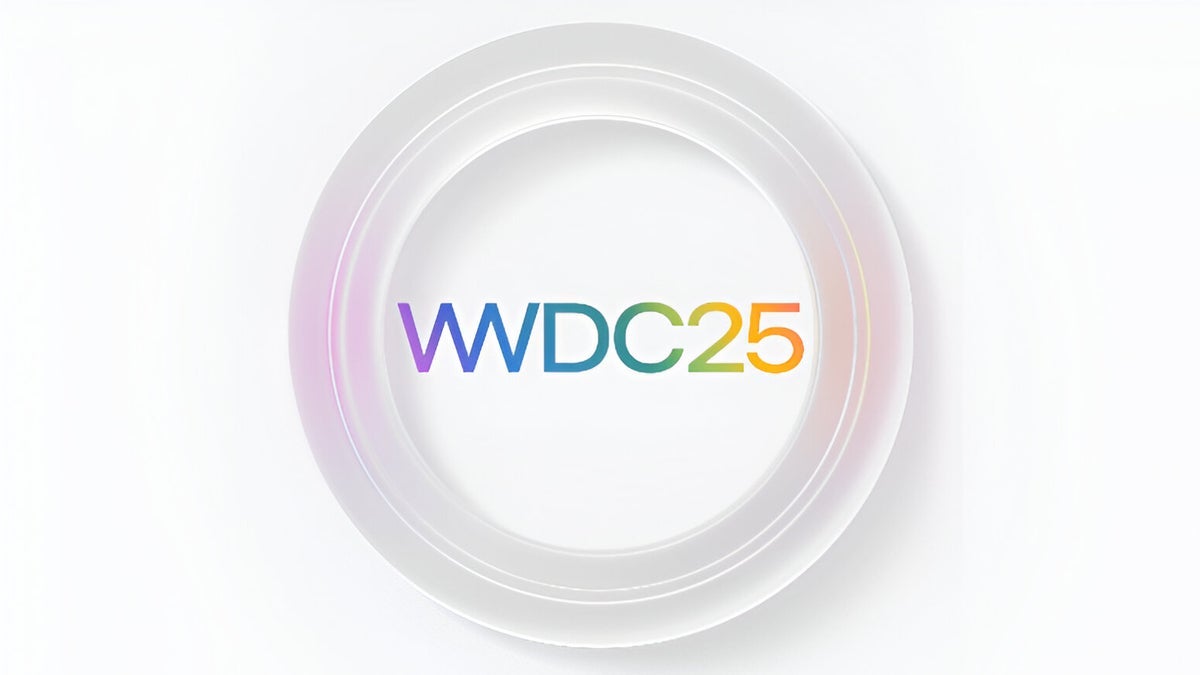"Financial Education And Why It Matters...
Financial Education and Why It Matters By JaysWebDev83 PART 1 Chapter 1: What Is Financial Education? Financial education is the ability to understand and manage money wisely. It's about gaining the knowledge and skills to make smart decisions related to earning, spending, saving, borrowing, investing, and planning for the future. While it might sound technical, it’s actually practical and essential for everyday life. You don’t need to be wealthy or an economist to be financially educated. You just need to understand how money works — and how to make it work for you. Key Aspects of Financial Education: Budgeting – Knowing where your money is going each month. Saving – Setting money aside for goals and emergencies. Debt Management – Understanding interest and repayment strategies. Investing – Learning how to grow wealth through assets like stocks and real estate. Retirement Planning – Preparing financially for your later years. Risk Protection – Using insurance and emergency funds to reduce vulnerability. Goal Setting – Aligning your money choices with your personal values and future. Think of financial education as learning to drive — you don’t need to know everything under the hood, but you do need to steer safely and avoid crashes. Chapter 2: Why Financial Literacy Matters Being financially literate changes lives. It reduces stress, increases independence, and allows you to make choices based on goals, not fear or desperation. Here’s Why It Matters: You Make Smarter Decisions You’ll compare mortgage options, understand how credit works, and read financial terms with confidence. You’re Ready for the Unexpected Whether it's a job loss, car repair, or hospital bill, financially literate people are better prepared to respond — not panic. You Stress Less About Money Financial insecurity is one of the biggest causes of stress. Knowing you’re in control improves mental well-being. You Build Long-Term Wealth With basic financial knowledge, even low earners can start to save, invest, and build security over time. You Break the Cycle For families stuck in generational poverty, financial education is a way out — especially when shared across generations. Money isn’t everything — but knowing how to manage it gives you the freedom to focus on what truly matters. Chapter 3: Barriers to Financial Literacy If financial education is so powerful, why do so many people lack it? Because many systems are stacked against it. The Most Common Barriers: Lack of Early Education Most schools don’t teach personal finance. Young people enter adulthood without knowing how to budget, use credit, or file taxes. Too Much (or Bad) Information The internet is flooded with financial advice — but much of it is outdated, wrong, or trying to sell something. Feeling Overwhelmed or Ashamed Many people avoid learning about money out of fear or embarrassment. They think it’s “too late” or “too complicated.” Predatory Practices From payday loans to unclear bank fees, many financial systems profit from people’s confusion or desperation. Systemic Inequality Marginalized communities often lack access to safe banking, fair credit, and trustworthy financial education. The good news? No matter your age or background, you can start learning today. Chapter 4: Getting Started with Financial Education You don’t need to be perfect to begin — you just need to start. Financial literacy is a journey, and the best way to learn is step by step. Practical First Steps: Track Your Spending for 30 Days Use a notebook or app to write down every expense. Awareness is the first step to control. Read One Beginner Finance Book or Blog Suggestions: The Psychology of Money by Morgan Housel Rich Dad Poor Dad by Robert Kiyosaki Blogs like NerdWallet or The Financial Diet Download a Budgeting App Try Mint, YNAB, or PocketGuard Start an Emergency Fund Aim for $500 to start. Keep it separate from your checking account. Watch or Follow Free Educators Follow people like Graham Stephan (YouTube), Clever Girl Finance, or Khan Academy's personal finance series. Take a Free Online Course Sites like Coursera or Khan Academy offer beginner-friendly, free content. Don’t worry about doing it all at once. Start with what you can today. Every small step counts. PART 2 Chapter 5: Recommended Resources There’s no shortage of excellent (and free!) financial resources out there. Here are some top picks to build your knowledge without overwhelm: Books (Beginner-Friendly & Powerful) The Millionaire Next Door by Thomas J. Stanley – Lessons from people who quietly build wealth. I Will Teach You to Be Rich by Ramit Sethi – A straightforward system for managing money and living life on your terms. Broke Millennial by Erin Lowry – A modern finance guide for people who feel overwhelmed by adulting. Websites

Financial Education and Why It Matters
By JaysWebDev83
PART 1
Chapter 1: What Is Financial Education?
Financial education is the ability to understand and manage money wisely. It's about
gaining the knowledge and skills to make smart decisions related to earning, spending,
saving, borrowing, investing, and planning for the future. While it might sound
technical, it’s actually practical and essential for everyday life.
You don’t need to be wealthy or an economist to be financially educated. You just need to
understand how money works — and how to make it work for you.
Key Aspects of Financial Education:
Budgeting – Knowing where your money is going each month.
Saving – Setting money aside for goals and emergencies.
Debt Management – Understanding interest and repayment strategies.
Investing – Learning how to grow wealth through assets like stocks and real estate.
Retirement Planning – Preparing financially for your later years.
Risk Protection – Using insurance and emergency funds to reduce vulnerability.
Goal Setting – Aligning your money choices with your personal values and future.
Think of financial education as learning to drive — you don’t need to know everything
under the hood, but you do need to steer safely and avoid crashes.
Chapter 2: Why Financial Literacy Matters
Being financially literate changes lives. It reduces stress, increases independence, and
allows you to make choices based on goals, not fear or desperation.
Here’s Why It Matters:
You Make Smarter Decisions
You’ll compare mortgage options, understand how credit works, and read financial terms
with confidence.
You’re Ready for the Unexpected
Whether it's a job loss, car repair, or hospital bill, financially literate people are
better prepared to respond — not panic.
You Stress Less About Money
Financial insecurity is one of the biggest causes of stress. Knowing you’re in control
improves mental well-being.
You Build Long-Term Wealth
With basic financial knowledge, even low earners can start to save, invest, and build
security over time.
You Break the Cycle
For families stuck in generational poverty, financial education is a way out — especially
when shared across generations.
Money isn’t everything — but knowing how to manage it gives you the freedom to focus
on what truly matters.
Chapter 3: Barriers to Financial Literacy
If financial education is so powerful, why do so many people lack it? Because many
systems are stacked against it.
The Most Common Barriers:
Lack of Early Education
Most schools don’t teach personal finance. Young people enter adulthood without knowing
how to budget, use credit, or file taxes.
Too Much (or Bad) Information
The internet is flooded with financial advice — but much of it is outdated, wrong, or
trying to sell something.
Feeling Overwhelmed or Ashamed
Many people avoid learning about money out of fear or embarrassment. They think it’s “too
late” or “too complicated.”
Predatory Practices
From payday loans to unclear bank fees, many financial systems profit from people’s
confusion or desperation.
Systemic Inequality
Marginalized communities often lack access to safe banking, fair credit, and trustworthy
financial education.
The good news? No matter your age or background, you can start learning today.
Chapter 4: Getting Started with Financial Education
You don’t need to be perfect to begin — you just need to start. Financial literacy is a
journey, and the best way to learn is step by step.
Practical First Steps:
Track Your Spending for 30 Days
Use a notebook or app to write down every expense. Awareness is the first step to
control.
Read One Beginner Finance Book or Blog
Suggestions:
The Psychology of Money by Morgan Housel
Rich Dad Poor Dad by Robert Kiyosaki
Blogs like NerdWallet or The Financial Diet
Download a Budgeting App
Try Mint, YNAB, or PocketGuard
Start an Emergency Fund
Aim for $500 to start. Keep it separate from your checking account.
Watch or Follow Free Educators
Follow people like Graham Stephan (YouTube), Clever Girl Finance, or Khan Academy's
personal finance series.
Take a Free Online Course
Sites like Coursera or Khan Academy offer beginner-friendly, free content.
Don’t worry about doing it all at once. Start with what you can today. Every small
step counts.
PART 2
Chapter 5: Recommended Resources
There’s no shortage of excellent (and free!) financial resources out there. Here are some
top picks to build your knowledge without overwhelm:
Books (Beginner-Friendly & Powerful)
The Millionaire Next Door by Thomas J. Stanley – Lessons from people who quietly build
wealth.
I Will Teach You to Be Rich by Ramit Sethi – A straightforward system for managing money
and living life on your terms.
Broke Millennial by Erin Lowry – A modern finance guide for people who feel overwhelmed
by adulting.
Websites
Investopedia – Excellent for clear definitions and how-tos.
NerdWallet – Reviews and comparison tools for credit cards, savings, loans, and more.
Clever Girl Finance – A great platform (especially for women) covering budgeting,
investing, and wealth-building.
Podcasts
The Ramsey Show – Focuses on debt-free living and budgeting.
ChooseFI – Fire up your path to financial independence.
Afford Anything – Learn about smart money habits and intentional living.
Free Courses
Khan Academy Personal Finance
Coursera Financial Planning Courses
Bookmark what interests you and build a routine — even 15 minutes a day makes a
difference.
Chapter 6: Budgeting – The Foundation of Financial Control
A budget is simply a plan for your money. It helps you understand your income, control
your expenses, and align your spending with your goals.
Why Budgeting Matters:
Prevents overspending
Reduces debt
Helps build savings
Shows you what matters most
Gives you control instead of stress
The Basic Budget Formula:
Income – Expenses = What’s Left
That remainder is your power: use it to save, invest, or crush debt.
How to Create a Simple Budget:
List your monthly income (after taxes)
List all your fixed expenses (rent, utilities, loan payments)
List your variable expenses (groceries, fun, shopping)
Track what you actually spend
Compare and adjust
Budgeting Tips:
Use the 50/30/20 Rule:
50% Needs
30% Wants
20% Savings/Debt
Try free apps like YNAB, Mint, or EveryDollar
Review weekly, not just monthly
Optional Tool:
Want a starter spreadsheet? Ask and I’ll provide a printable or editable version!
Budgeting isn’t restriction — it’s permission to spend wisely and without guilt.
Chapter 7: Managing Debt Wisely
Not all debt is bad — but unmanaged debt is dangerous. Whether it’s student loans, credit
cards, or car payments, smart debt management helps you stay in control.
Types of Debt:
Good Debt: Can help build wealth (e.g., student loans, home loans — when used wisely)
Bad Debt: High-interest consumer debt (credit cards, payday loans)
The Real Cost of Debt:
A $3,000 credit card balance at 20% interest can take years to pay off if you only make
minimum payments
Interest = money you’re paying for nothing but time
Smart Strategies to Pay It Down:
Debt Snowball – Pay smallest balances first for momentum
Debt Avalanche – Pay highest interest rate first to save more
Balance Transfers – Shift balances to lower-rate cards (watch for fees!)
Consolidation Loans – Combine debts into one payment at a lower rate
Watch Out For:
Payday loans
Rent-to-own financing
Buy now, pay later traps
Making only minimum payments
Always know your interest rate. It’s the “cost” of your debt.
Chapter 8: Building Credit and Understanding Credit Scores
Your credit score affects your ability to borrow, rent, or even get a job. It’s like a
report card for how well you manage debt.
What Is a Credit Score?
A 3-digit number (from 300 to 850) that shows your creditworthiness.
Factors That Impact Your Score:
Payment History (35%) – Always pay on time
Credit Utilization (30%) – Keep balances under 30% of your limit
Credit Age (15%) – Longer history = better
Credit Mix (10%) – A mix of loan types can help
New Credit (10%) – Too many applications = red flag
How to Build Good Credit:
Open a secured credit card or use a credit-builder loan
Pay your bill in full and on time every month
Keep old accounts open to lengthen history
Limit hard inquiries (avoid frequent loan or card apps)
Common Credit Myths:
You need debt to have credit → You need activity, not debt
Closing cards helps your score → It may actually lower it
Checking your credit hurts your score → Only hard pulls do
How to Check Your Score:
Credit Karma or Credit Sesame
Or get a free annual report at AnnualCreditReport.com
Credit is a tool. Use it wisely and it opens doors; misuse it and it can close them.
PART 3
Chapter 9: Investing Basics – Let Your Money Work for You
Investing is the process of putting your money into things that can grow over time — like
stocks, bonds, real estate, or your own business. It’s how you turn saving into wealth.
You don’t need to be rich to start investing — you need knowledge, consistency, and time.
Why Invest?
Beating Inflation: If your money isn’t growing, it’s shrinking in value.
Building Wealth: Savings grow slowly, but investments compound.
Achieving Goals: Investing helps you retire, buy a home, or fund big dreams.
Common Investment Options:
Stocks – Ownership in a company. High growth, high risk.
Bonds – Loans to governments or companies. Lower risk, lower reward.
Mutual Funds – Pools of money invested in many stocks/bonds.
ETFs (Exchange-Traded Funds) – Like mutual funds, but traded on stock exchanges.
Real Estate – Property investment or rental income.
Key Investing Principles:
Start early: Time is your biggest advantage due to compound interest.
Diversify: Don’t put all your eggs in one basket.
Invest consistently: Monthly contributions beat one-time guessing.
Think long-term: Avoid panic selling during downturns.
Tools to Get Started:
Apps: Fidelity, Vanguard, Robinhood, Acorns
Robo-advisors: Automated investment based on your goals (e.g., Betterment, Wealthfront)
You don’t need to be rich to invest. You need to invest to become financially free.
Chapter 10: Protecting Your Financial Future – Insurance & Emergency Funds
Life is unpredictable. Financial protection is about preparing for the unexpected, so one
crisis doesn’t destroy your progress.
Emergency Fund
A stash of cash for real emergencies: job loss, medical bills, car repairs.
Tips:
Start with $500, then aim for 3–6 months of expenses.
Keep it in a separate, easy-to-access savings account.
Don’t invest it — it needs to be liquid (available fast).
Types of Insurance to Consider:
Health Insurance – Essential to avoid financial ruin from medical bills.
Renters/Homeowners Insurance – Protects your belongings and property.
Auto Insurance – Legally required, protects you from liability.
Life Insurance – Important if you have dependents.
Disability Insurance – If you can’t work, it replaces income.
Why Insurance Matters:
A small monthly premium can prevent a massive financial disaster.
Not having coverage is a gamble — and most people lose eventually.
Emergency funds and insurance are your financial seat belts.
Chapter 11: Retirement Planning – Start Early, Sleep Better Later
Retirement may feel far away, but the sooner you plan, the easier (and richer) it will
be. Time + compounding = freedom later.
Why It Matters:
Social Security alone isn’t enough.
Pensions are rare today — your retirement is your responsibility.
Delaying just a few years can cost hundreds of thousands in lost growth.
Common Retirement Accounts:
401(k) – Employer-sponsored; often includes matching contributions.
IRA (Individual Retirement Account) – Personal retirement account; traditional or Roth.
Roth IRA – Contributions are taxed now; withdrawals are tax-free in retirement.
Tips:
Contribute enough to get your employer match (it’s free money!)
Use compound interest calculators to see long-term benefits.
Aim to save at least 10–15% of your income for retirement.
Don’t withdraw early — you’ll pay penalties and lose growth.
Investing for retirement is a gift you give to your future self.
Chapter 12: Teaching Kids and Teens About Money
Financial habits start early. Teaching children about money gives them a head start in
life and breaks generational cycles of financial stress.
What to Teach by Age:
Ages 3–7:
Money comes from work
Save before you spend
Use clear jars or piggy banks
Ages 8–12:
Set savings goals
Use a simple allowance system (e.g. Earn → Save → Spend)
Introduce needs vs. wants
Ages 13–18:
Open a student checking/savings account
Teach them how to track spending
Talk about debit vs. credit cards
Discuss college costs and budgeting
Practical Ideas:
Let them earn money through chores or projects
Involve them in budgeting for groceries or trips
Let them make small spending mistakes while the stakes are low
Tools for Teaching:
Apps: Greenlight, GoHenry (for supervised spending and saving)
Games: Monopoly, The Game of Life
Books: Money Ninja, Finance 101 for Kids, or Rich Dad Poor Dad for Teens
If we don’t teach our kids about money, the world will — and it might not be kind.
PART 4
Chapter 13: Avoiding Scams and Financial Pitfalls in the Digital Age
As the financial world becomes more digital, so do the risks. Scammers and shady
companies are constantly evolving their tactics — especially online.
Common Scams to Watch Out For:
Phishing Emails & Texts – Fake messages pretending to be your bank, asking for login
info.
Fake Job Offers – Especially remote jobs that require you to "pay" to start.
Crypto & Trading Scams – Promising guaranteed returns or secret investment tips.
Romance Scams – Someone pretends to care, then asks for money.
"Too Good to Be True" Offers – If it sounds like a scam... it probably is.
Red Flags:
You’re asked to pay upfront for a prize, loan, or job.
You're pressured to “act now” or lose the deal.
Poor grammar, vague emails, or strange URLs.
Requests to pay via gift cards, wire transfer, or cryptocurrency only.
Protect Yourself:
Use strong, unique passwords + 2-factor authentication.
Monitor your credit report regularly at AnnualCreditReport.com.
Avoid clicking unknown links or downloading shady files.
Educate yourself. Scammers target confusion and fear.
Trust your gut. If something feels off — pause and verify before acting.
Chapter 14: Financial Goal-Setting and Mindset
Financial success starts in the mind. If you want to master your money, you need to first
believe you can — and build the habits to prove it.
Why Mindset Matters:
Scarcity Thinking: “I’ll always be broke.”
→ Leads to avoidance, bad decisions, and self-sabotage.
Abundance Thinking: “I can learn this. I can grow.”
→ Leads to confidence, action, and results.
Set SMART Financial Goals:
Specific – “Save £5,000 for an emergency fund”
Measurable – Track progress monthly
Achievable – Make sure it fits your budget
Realistic – Don’t try to do too much too fast
Time-bound – Set a target date (e.g., 6 months)
Example Goals:
Pay off one credit card in 3 months
Save £1,000 for a vacation
Increase income by starting a side hustle
Invest £50/month in an index fund
Build Systems:
Automate savings and bill payments
Track spending weekly (apps or journals)
Review goals monthly and adjust as needed
Discipline beats motivation. Systems beat willpower.
Chapter 15: Putting It All Together – Your Financial Action Plan
Knowledge is power — but action turns knowledge into change. It’s time to create your
Financial Action Plan.
Step-by-Step Checklist:
Understand Your Current Situation
Income vs. expenses
Total debt
Savings balance
Credit score
Build a Monthly Budget
Choose a method (app, spreadsheet, or notebook)
Track for 30 days, then adjust
Start or Grow Your Emergency Fund
Begin with £500
Add a little each month
Make a Debt Repayment Plan
Choose snowball or avalanche method
Prioritize high-interest balances
Set One Financial Goal
Use SMART framework
Write it down and track it
Begin Investing (If Ready)
Use a trusted platform or robo-advisor
Start small and focus long-term
Continue Learning
Pick 1 new book, blog, or podcast this month
Sample Goal Template:
Goal Why It Matters Deadline First Step
Save £1,000 Build emergency fund 4 months Auto-transfer £250/month
Pay off credit card Reduce stress + fees 3 months Pay £100/week
Start investing Grow wealth long-term Ongoing Open account & fund
You don’t need to do everything today. Just take the next right step.
Chapter 16: Bonus – Real-Life Stories & Case Studies
Nothing inspires like real results. Here are a few short stories of everyday people
transforming their finances:
Story 1: Sam, 28 – From Paycheck to Planner
Sam used to run out of money days before payday. After tracking his expenses and using a
50/30/20 budget, he saved £3,000 in six months — and booked his first vacation in years.
Story 2: Layla, 35 – Debt-Free and Confident
Layla had £15,000 in credit card debt. She used the snowball method and worked a weekend
side hustle. Two years later, she’s debt-free and saving for a home.
Story 3: Jordan, 19 – Starting Early
Jordan took a free finance course and opened a Roth IRA while still in college. Now he
invests £100/month and understands more than most adults twice his age.
Story 4: The Williams Family – Teaching the Next Generation
They created a “family finance night” once a month. Now their kids know how to save, use
cash wisely, and talk openly about money — setting the whole family up for long-term
success.
Your story can be next. You don’t need to be perfect — just committed.
Ps, feel free to leave a comment, conversation starts with a lovely cup of tea and/or coffee. ;D














































































































































































![[The AI Show Episode 151]: Anthropic CEO: AI Will Destroy 50% of Entry-Level Jobs, Veo 3’s Scary Lifelike Videos, Meta Aims to Fully Automate Ads & Perplexity’s Burning Cash](https://www.marketingaiinstitute.com/hubfs/ep%20151%20cover.png)

























































































































![[DEALS] FileJump 2TB Cloud Storage: Lifetime Subscription (85% off) & Other Deals Up To 98% Off – Offers End Soon!](https://www.javacodegeeks.com/wp-content/uploads/2012/12/jcg-logo.jpg)



![From electrical engineering student to CTO with Hitesh Choudhary [Podcast #175]](https://cdn.hashnode.com/res/hashnode/image/upload/v1749158756824/3996a2ad-53e5-4a8f-ab97-2c77a6f66ba3.png?#)









































































































































_sleepyfellow_Alamy.jpg?width=1280&auto=webp&quality=80&disable=upscale#)
















































































































![watchOS 26 May Bring Third-Party Widgets to Control Center [Report]](https://www.iclarified.com/images/news/97520/97520/97520-640.jpg)

![AirPods Pro 2 On Sale for $169 — Save $80! [Deal]](https://www.iclarified.com/images/news/97526/97526/97526-640.jpg)
![Apple Shares Official Trailer for 'The Wild Ones' [Video]](https://www.iclarified.com/images/news/97515/97515/97515-640.jpg)



































































